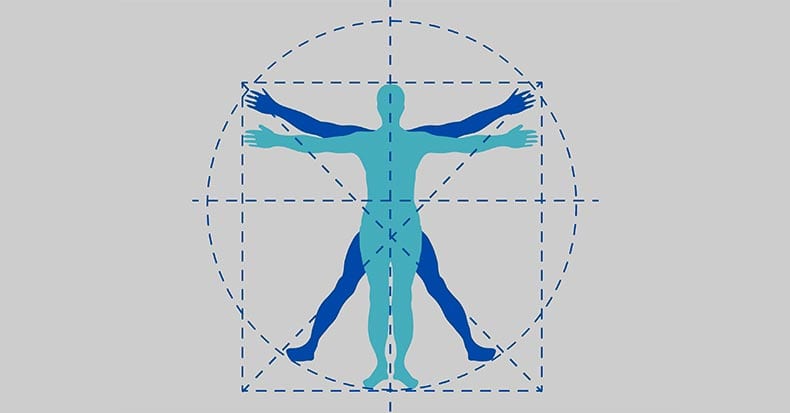Fibromyalgia is a complicated disorder that’s difficult to diagnose because it involves multiple body systems. As a result, there are a myriad of factors in the body that can play a role in a patient's symptoms. That said, it's best to take a whole body approach when it comes to treating a complex condition like FM, starting with the nervous system.
When a patient presents to a chiropractor, the initial examination will look at the body as a whole and will not be limited the main area of complaint. This includes a postural examination in regards to individual leg length (to see if one is shorter); the height of the pelvis, shoulder, and occiput (head); and a gait assessment to evaluate the function of the foot, ankle, knee, hip/pelvis, spine, and head.
Because the nervous system is housed in the spine and cranium, chiropractors specifically look at how the spine compensates for abnormal function elsewhere in the body. When spinal segmental dysfunction is present, altered neurological function often coincides, which results in the symptoms that drive people to the office.
The benefits of spinal manipulative therapy (SMT)—the primary form of treatment delivered by doctors of chiropractic—have been recognized by all other healthcare professions including medical doctors, physical therapists, and osteopathic physicians. In fact, referring patients to chiropractors for SMT has become very commonplace in the healthcare environment. Research has proven SMT to be a FIRST course of care and highly recommended for MANY complaints, especially low back, mid-back, and neck pain, headaches, and many more!
Because fibromyalgia (FM) involves the WHOLE BODY—hence its definition of “wide spread pain,” chiropractic offers a unique approach because it too benefits the whole body by restoring function to the nervous system. For example, when balance is off due to a short leg (this affects 90% of the population to some degree), it can tilt the pelvis, which then places stress on the spine so that it must curve (scoliosis) to keep the head level. Correcting the short leg with a heel lift can restore balance to the pelvis, take pressure off the spine, and relieve some of a patient's pain symptoms.
In prior articles, we have looked at the many benefits chiropractic offers the FM patient in addition to SMT and other manual therapies. Some of these include tips for improving sleep, exercise training (very important in managing FM), diet—specifically an anti-inflammatory diet (rich in anti-oxidants)—and supplementation (such as magnesium, malic acid, omega-3 fatty acids, vitamin D3, Co-enzyme Q10, and more).
Most importantly, studies show that the FM patient is BEST served when a “team” of healthcare professionals work together on behalf of the FM patient. Depending on a patient's needs, the team can include a doctor of chiropractic, a primary care doctor, a massage therapist, a clinical psychologist, and others.



